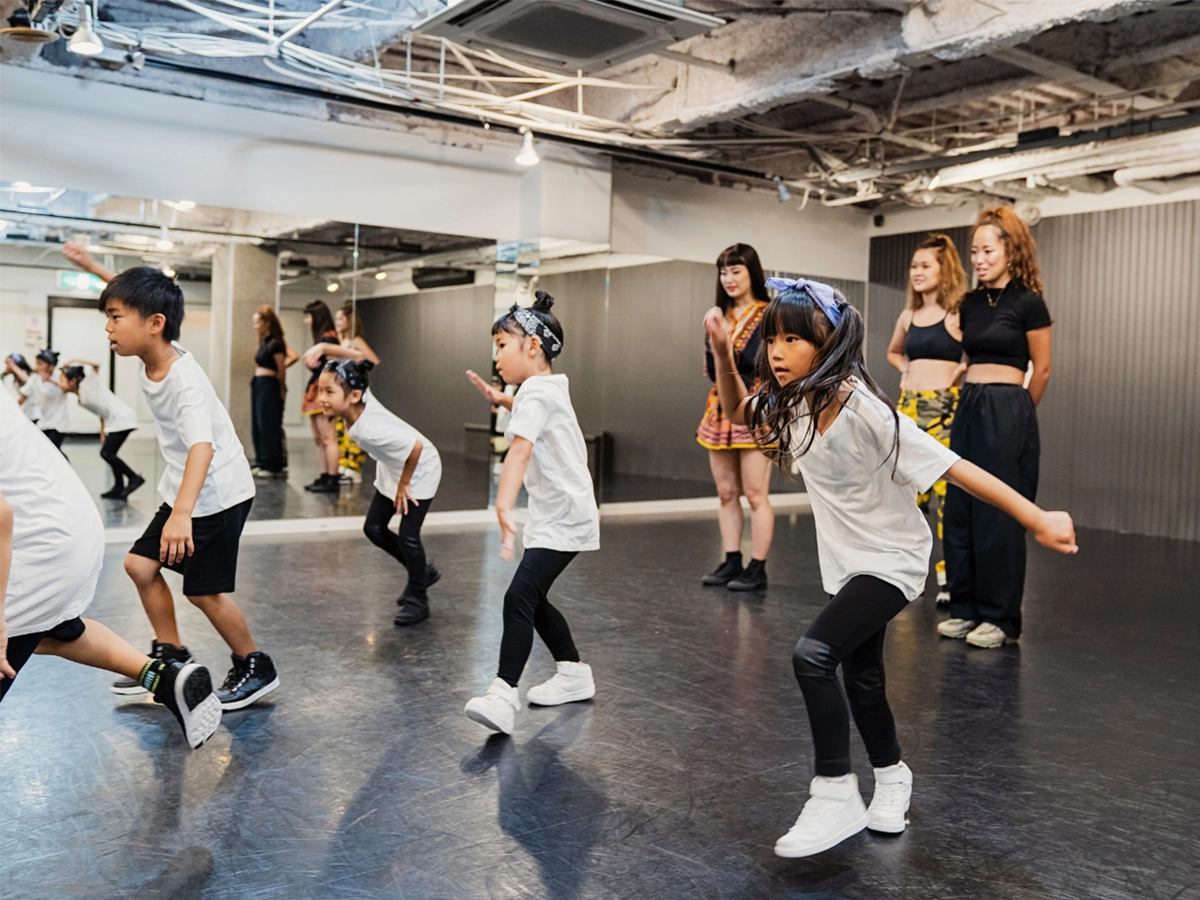The positive energy in your studio is an amazing asset and can help your employees perform better, your students learn better and your studio parents show you more support. This delicate balance can quickly be thrown off by parental negativity. They say one bad apply can spoil the whole bunch. And they’re right in this case. And that one bad apple can be just one problem parent.
There are parents with problems and then there are problem parents. Learning to tell the difference is important to your ability to keep that one bad apple from spoiling your perfectly positive studio atmosphere.
Recognizing these differences isn’t necessary automatic. It is a bit of a learned skill. And unfortunately, problem parents don’t come up and introduce themselves as such. But once you’ve gotten the skill down, the stress you may suffer over the matter will be gone!
Maybe this comparison chart will help.
| Parents with Problems | Problem Parents |
| These parents are speaking up for their child and want positive resolution. | These parents are unrealistic about what they expect from you and will never be satisfied with your decisions. |
| You can identify these parents because they: | You can identify these parents because they: |
| · Ask for explanations. | · Don’t believe the policies and rules apply to them or their child. |
| · Set up a meeting to discuss your policies or where you’ve placed their child. | · Share their opinions with everyone who will listen – with other parents and with your instructors. |
| · Bring their problems and concerns to your attention with respect and with a willingness to resolve them.</em | · Gossip and spread negativity. |
| These parents can actually help you improve your dance studio – if you take time to see the problems as opportunities to grow. | These parents can be time and energy sucks and cause frustration throughout your studio. |
You can handle parents with problems because you know it will be a reasonable conversation where both parties want to positively come to a resolution The problem parents are indeed the real problem! Beating your head with a brick might be more pleasant than trying to reach a positive resolution with them.
Does Setting Boundaries Help?
We went straight to a studio owner to gain some perspective on this question.
Abby Finger, one of the owners of Southern Pointe Dance Academy, took time out of her busy schedule to answer a few questions for us.
How have you set the boundaries that you expect parents to respect?
Southern Pointe Dance Academy has a set of Rules and Regulations that all parents are expected to follow. In fact, all parents must sign a new set of rules and regulations every dance season when they register. These rules and regulations cover everything from registration, tuition, and attire to awards, behavior, and release of liability. Rules and Regulations are updated as necessary when we identify issues or when updates are necessary to maintain structure and studio stability. We respect these guidelines and follow the Rules and Regulations with all parents to maintain fairness among all parents and classes.
Did you think ahead of every sort of parental scenario that could happen so that your boundaries accommodate them?
We are fortunate to have been associated with a former successful studio and were able to establish rules, regulations, and studio expectations to meet every possible scenario we had heard of or could think of. Obviously, things will pop up from time to time that we evaluate and do our best to make fair decisions that align with our studio rules, regulations, and overall values. But the scenarios we’ve used to test against our Rules and Regulations are quite broad and give us somewhere to start in almost every kind of circumstance.
Did you establish a good system of communicating with parents that makes everything clear for them?
Parents know how, when, and whom to contact for assistance. We also send out studio communications a regular basis to inform our parents of news and events. We also send out class communications and are developing progress reports for our parents so they have monthly communication regarding their child’s progress in class.
Do parents know the way that you prefer/require that they voice a complaint?
Our concern and complaint process is written into the Rules and Regulations that parents sign. We require that parents communicate with the owners (me and my partner) should they have any concerns or complaints. Gossip and any negative communications or social media posts will not be tolerated and will cause discontinuation of their membership with the academy should their actions become an issue for the academy or other students and parents. These concerns may be sent via email or they may schedule an appointment to meet with us, or call us and let us know what their concern is so that it can be addressed immediately.
Is there information that you have decided to provide upon enrollment that prevent confusion/questions?
Our parents receive a copy of their signed Rules and Regulations, studio events calendar, required shoe/attire list, and any addition information we have available as part of their enrollment packet. They also have their online parent portal with Jackrabbit that they may access at any time.
Just this season a parent stated they wanted to participate in the end of the year recital and they knew their account would be charged a costume Deposit per class. They had a major issue with this once they received their statement. We had to send the signed Rules and Regulations to reiterate what she agreed to. Once she received this reminder she was able to calm down a bit and realize it wasn’t extra fees or fees mistakenly charged.
Because of these very clear Rules and Regulations, we really don’t have many parent issues because they are all aware, at the time of enrollment, what our studio guidelines are. Our studio guidelines are super transparent – as are we.
Summary
While studios are unique in many ways, their need for managing parents is a constant. Abby gave us great perspective on the role that Rules and Regulations play in making sure parents understand and abide by the boundaries that they’ve established. What are some of the boundaries you’ve established and how have they worked for your studio? Please share!
Resources: Dance Advantage, Dance Studio Insurance, Southern Pointe Dance Academy
<!–[if lte IE 8]>
<![endif]–> hbspt.cta.load(3803665, ’31bc32de-7d17-445c-b173-183f11352340′, {});
hbspt.cta.load(3803665, ’31bc32de-7d17-445c-b173-183f11352340′, {});













